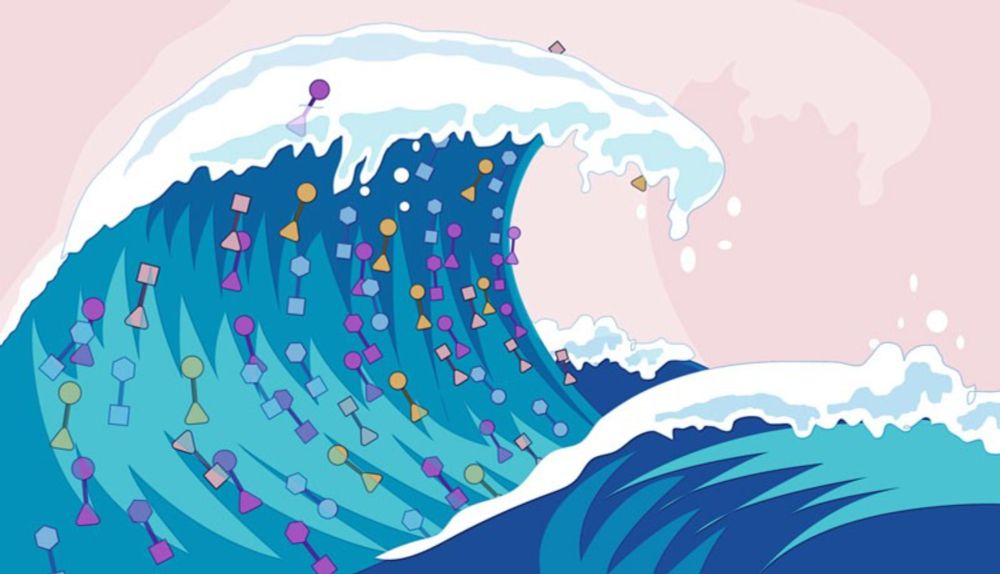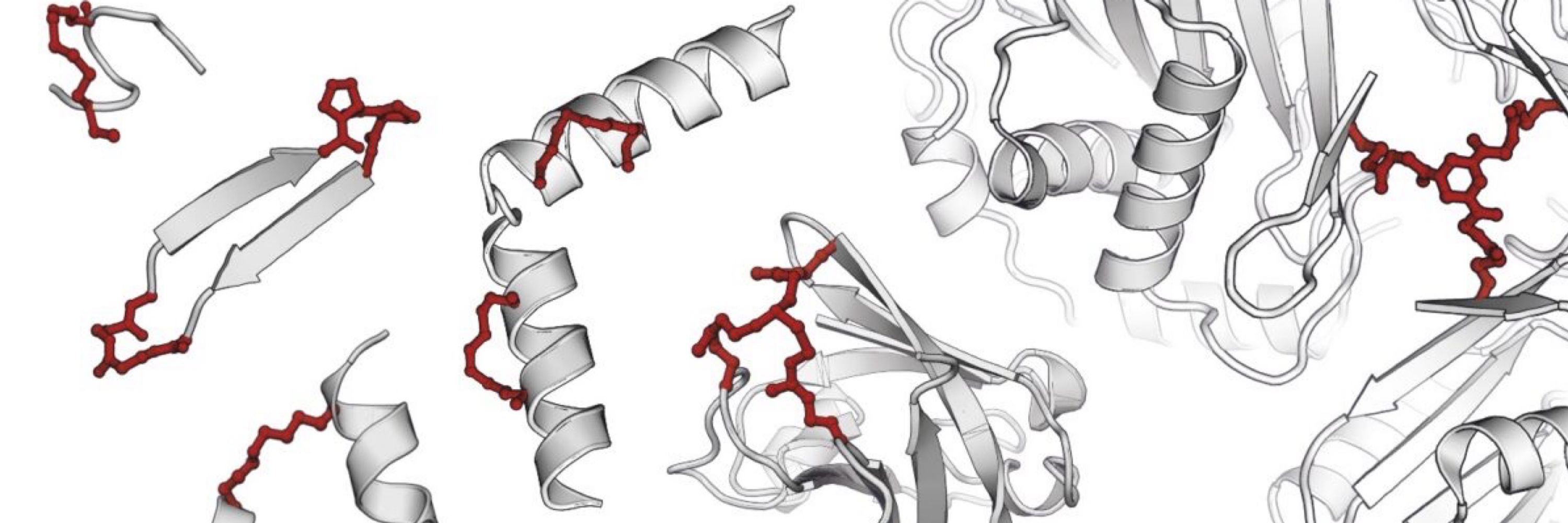

I’m incredibly grateful for my supportive colleagues at the VU and looking now forward to the opportunities ahead. Big THANKS to everyone in the group who supported our research over the years!
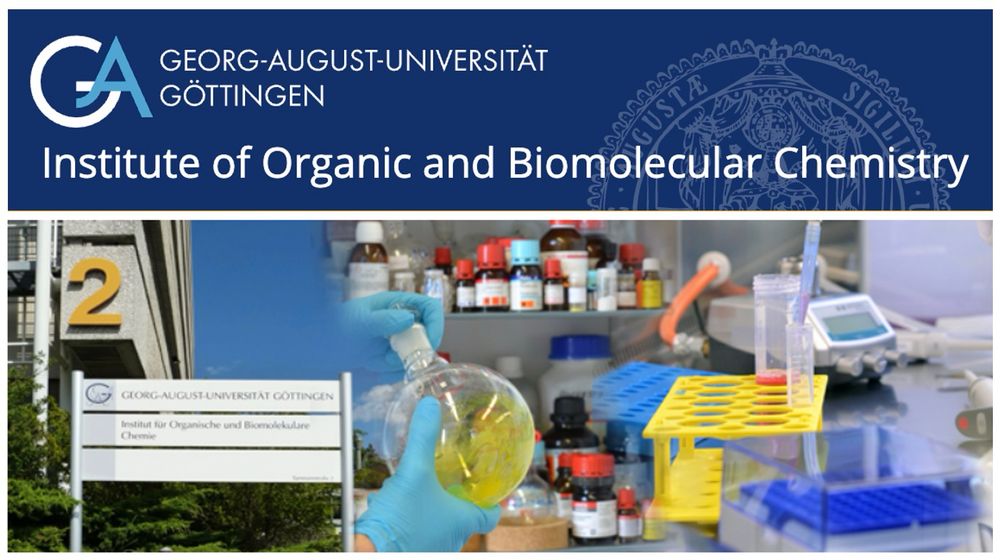
I’m incredibly grateful for my supportive colleagues at the VU and looking now forward to the opportunities ahead. Big THANKS to everyone in the group who supported our research over the years!
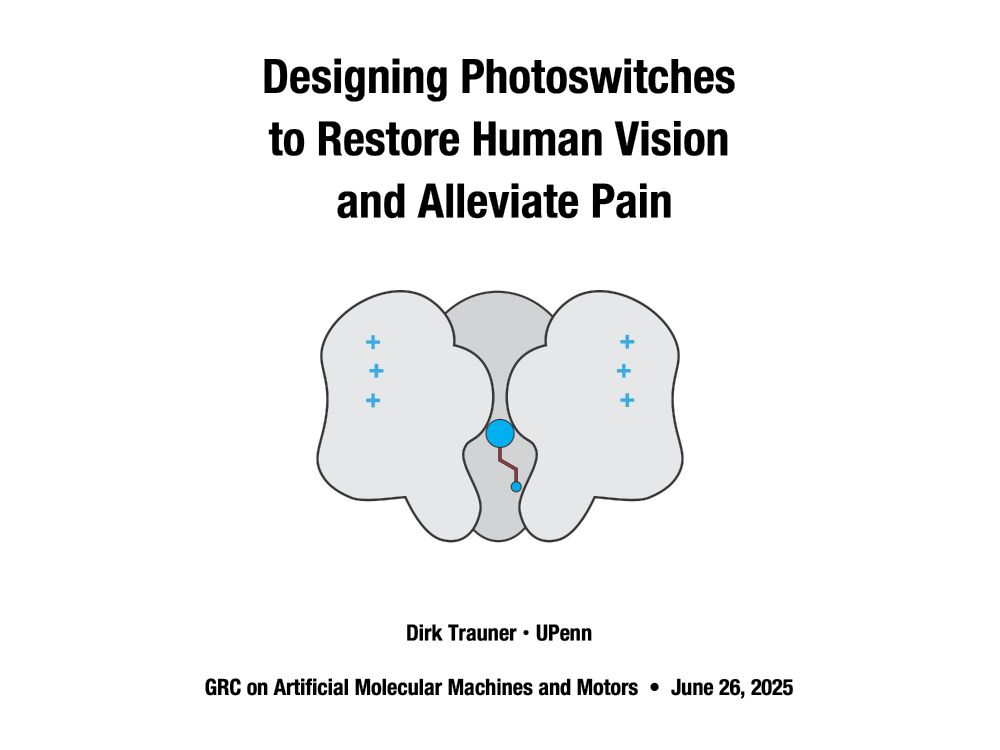
Congrats to first author Marvin Albers! Read more about our RNA-targeting strategies also here:
-> doi.org/10.1002/anie...
-> doi.org/10.1093/nar/...
-> doi.org/10.1002/chem...
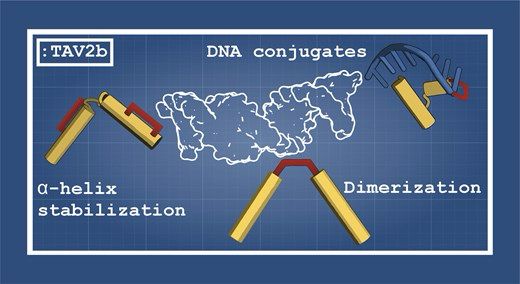
Congrats to first author Marvin Albers! Read more about our RNA-targeting strategies also here:
-> doi.org/10.1002/anie...
-> doi.org/10.1093/nar/...
-> doi.org/10.1002/chem...
doi.org/10.1021/jacs...

doi.org/10.1021/jacs...
😱🧪
Think again! New paper @angewandtechemie.bsky.social with Wöhnert lab shows structural context matters for phosphodiester interactions!
onlinelibrary.wiley.com/doi/10.1002/...

😱🧪
Think again! New paper @angewandtechemie.bsky.social with Wöhnert lab shows structural context matters for phosphodiester interactions!
onlinelibrary.wiley.com/doi/10.1002/...
A must-read tutorial review on N-heterocyclic carbenes (NHCs) on surfaces.
📄 "Insights into the surface chemistry of NHCs"
👇 Dive in: pubs.rsc.org/en/content/a...
#SurfaceChemistry 👩🔬✨

A must-read tutorial review on N-heterocyclic carbenes (NHCs) on surfaces.
📄 "Insights into the surface chemistry of NHCs"
👇 Dive in: pubs.rsc.org/en/content/a...
#SurfaceChemistry 👩🔬✨
Congrats to all authors!! #peptidomimetics
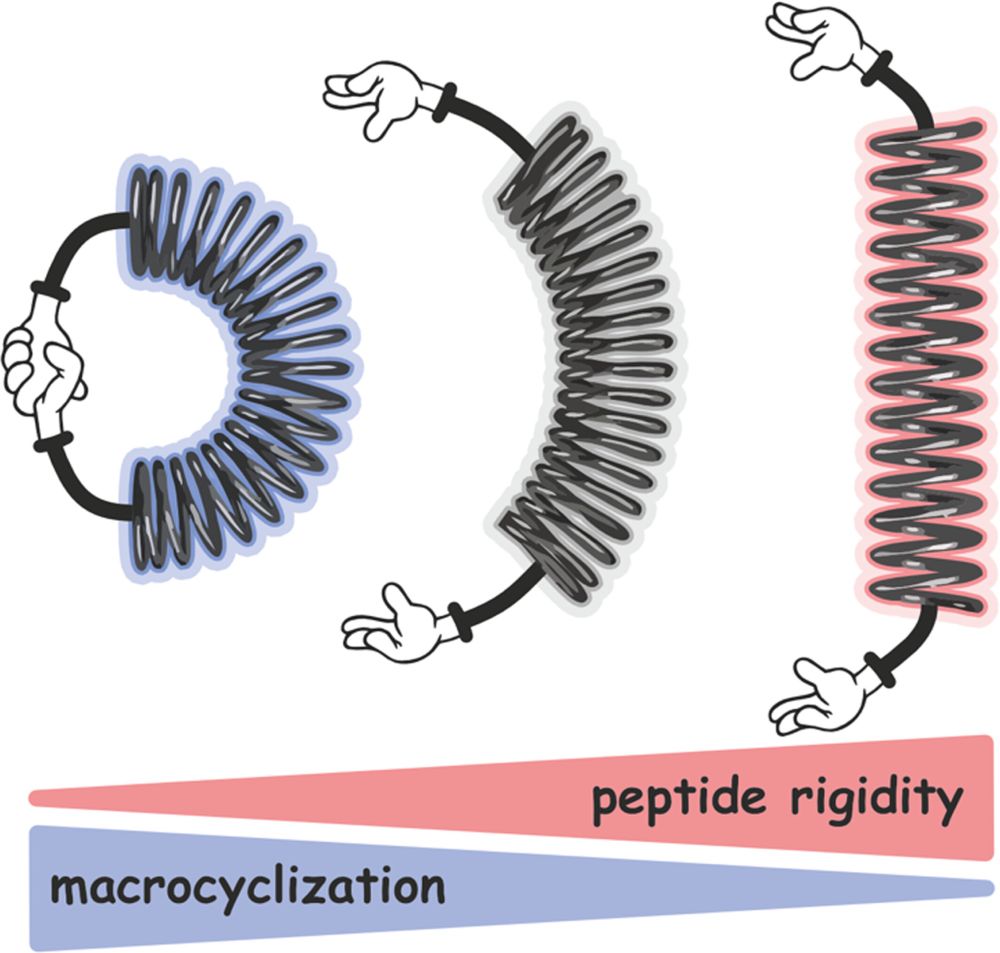
Congrats to all authors!! #peptidomimetics

Tom did a fantastic job highlighting current trends & opportunities in peptide catalysis — now published in Chem Catalysis (open access). Huge congrats, Tom!
www.cell.com/chem-catalys...
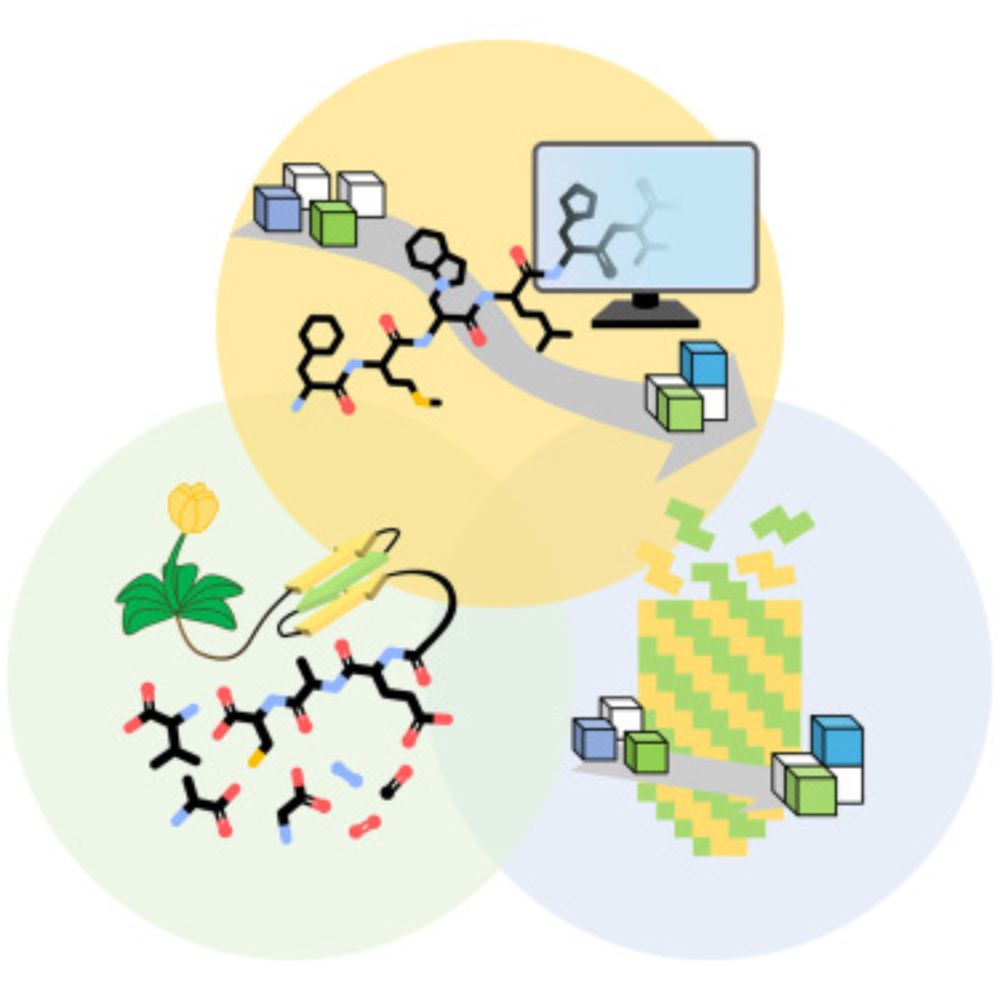
Tom did a fantastic job highlighting current trends & opportunities in peptide catalysis — now published in Chem Catalysis (open access). Huge congrats, Tom!
www.cell.com/chem-catalys...
#NMRchat
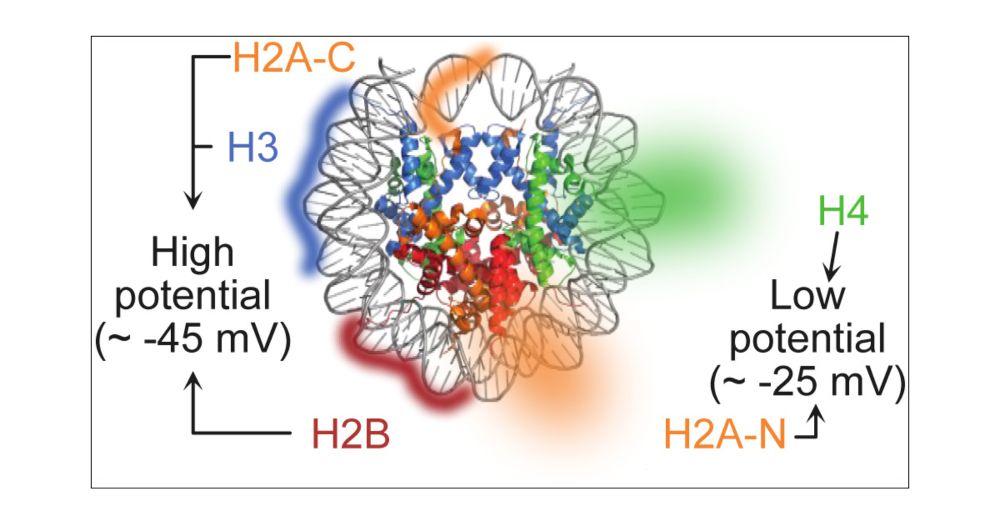
#NMRchat
www.nature.com/articles/s41...

www.nature.com/articles/s41...
If so, we are happy to announce that the next iteration of the meeting will happen in beautiful Leiden in The Netherlands in 2027. Keep an eye on this space, to be the first one to learn more. (1/2)
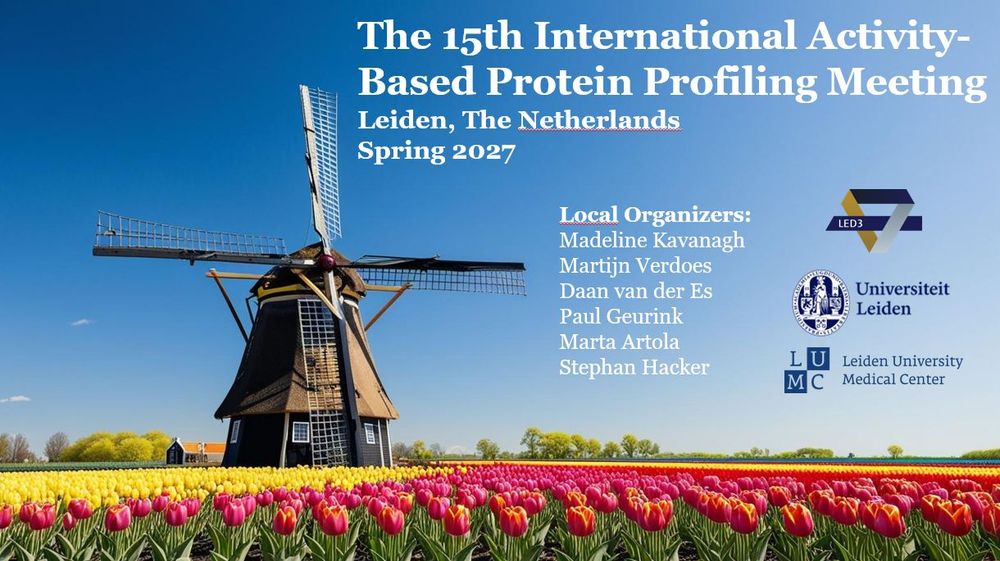
If so, we are happy to announce that the next iteration of the meeting will happen in beautiful Leiden in The Netherlands in 2027. Keep an eye on this space, to be the first one to learn more. (1/2)

Advances in Bioinspirations
@inserm.fr - @cea.fr - @cnrs.fr
#BMSV
Advances in Bioinspirations
@inserm.fr - @cea.fr - @cnrs.fr
#BMSV
Microscale thermophoresis (MST) played a huge part in optimizing the probes structure and sequence for binding affinity.
#ChemicalBiology #Synapse
—Synthetic, high-affinity #ChemicalBiology probes for #SuperResolution #Synapse visualization & precise mapping in neurons and brain slices—without the need for antibodies, tags, or transfection!
📢 Read more: pubs.acs.org/doi/10.1021/...
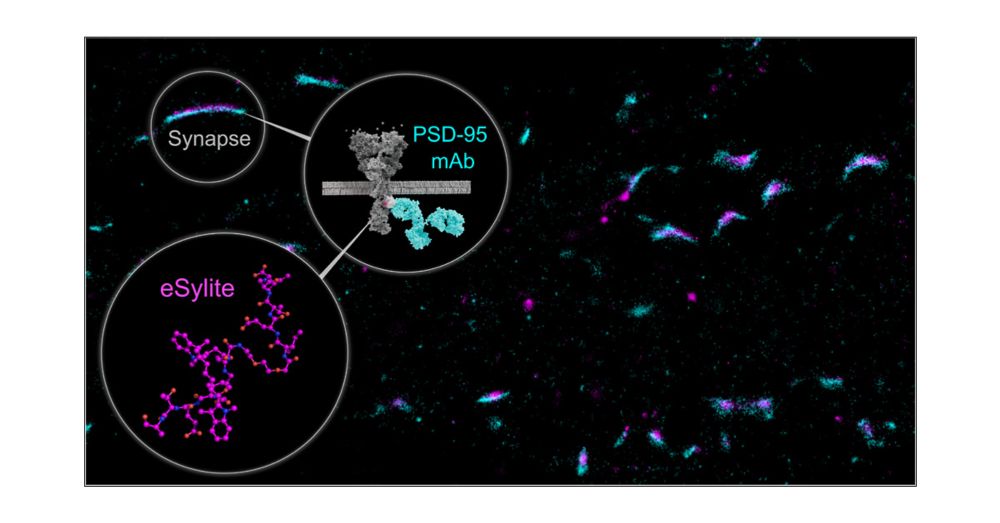
Microscale thermophoresis (MST) played a huge part in optimizing the probes structure and sequence for binding affinity.
#ChemicalBiology #Synapse
www.science.org/doi/10.1126/...
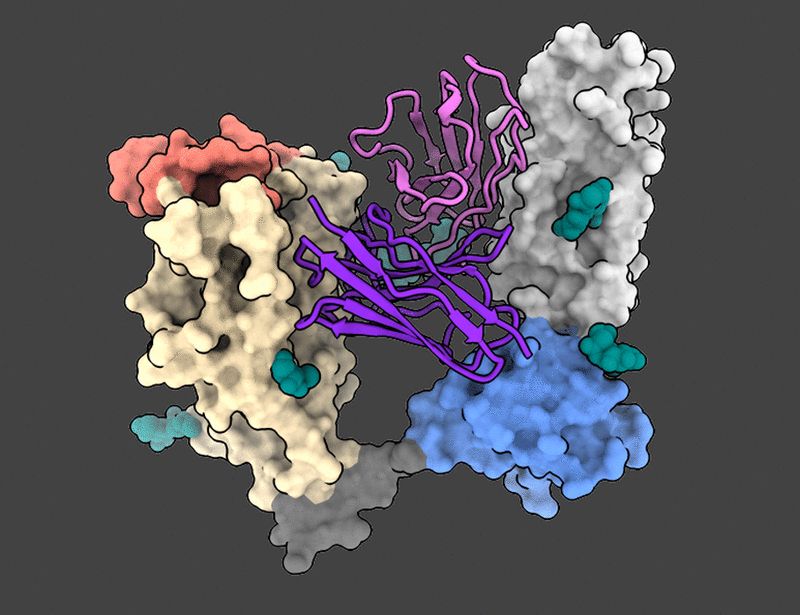
www.science.org/doi/10.1126/...
Advances in Structural Analysis of Biomolecules
From Subcellular Imaging to Drug Design
October 23-24, 2025, Berlin
Please like and share: cbc-cpc2025.org
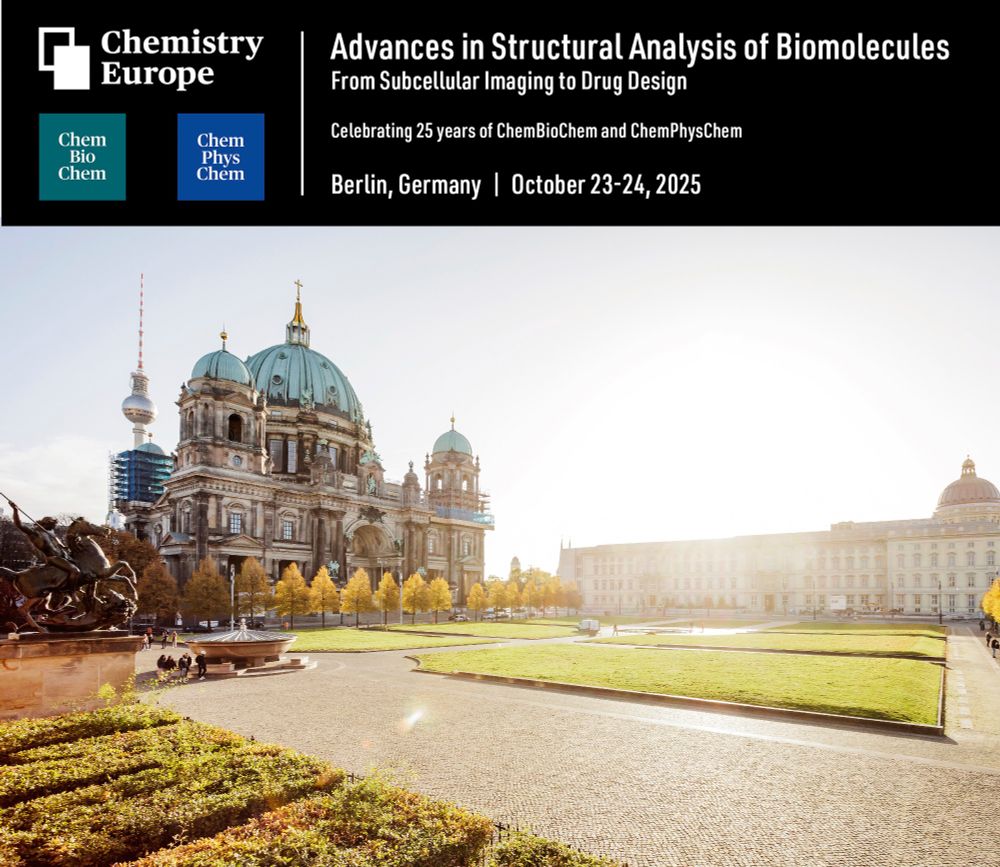
Advances in Structural Analysis of Biomolecules
From Subcellular Imaging to Drug Design
October 23-24, 2025, Berlin
Please like and share: cbc-cpc2025.org
onlinelibrary.wiley.com/doi/full/10....
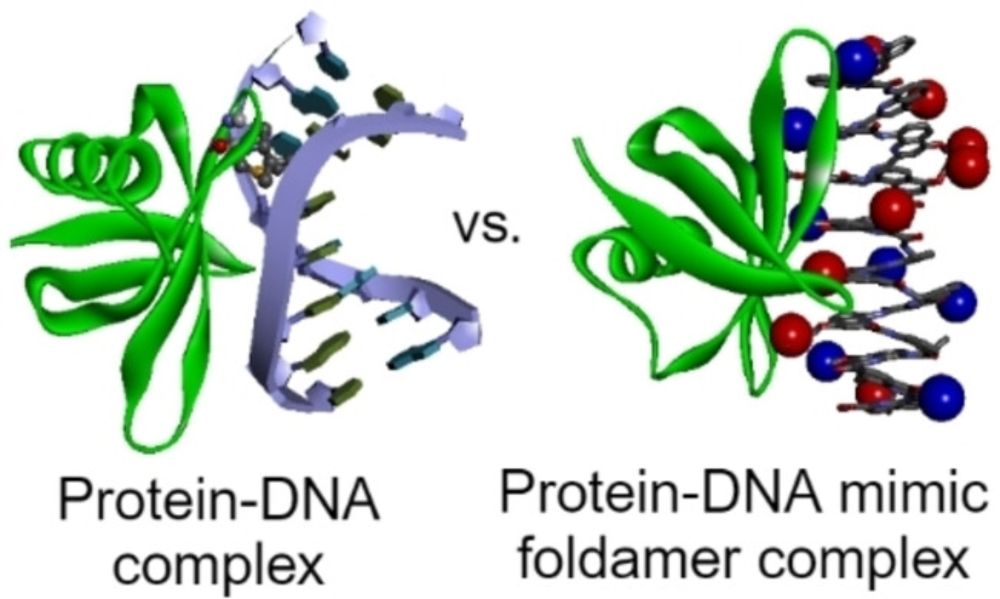
onlinelibrary.wiley.com/doi/full/10....
Beautiful work led by Loreto Oyarte Gálvez & @cbisot.bsky.social!
Do you want to learn more about how Mycorrhizal fungi extraordinary networks form and function? Read the open-access publication! Link below 👇
The work, led by scientists from Vrije Universiteit, Princeton University, SPUN & AMOLF combines robotics, mycology & biophysics to reveal underground supply-chain dynamics.
Open access:
www.nature.com/articles/s41...
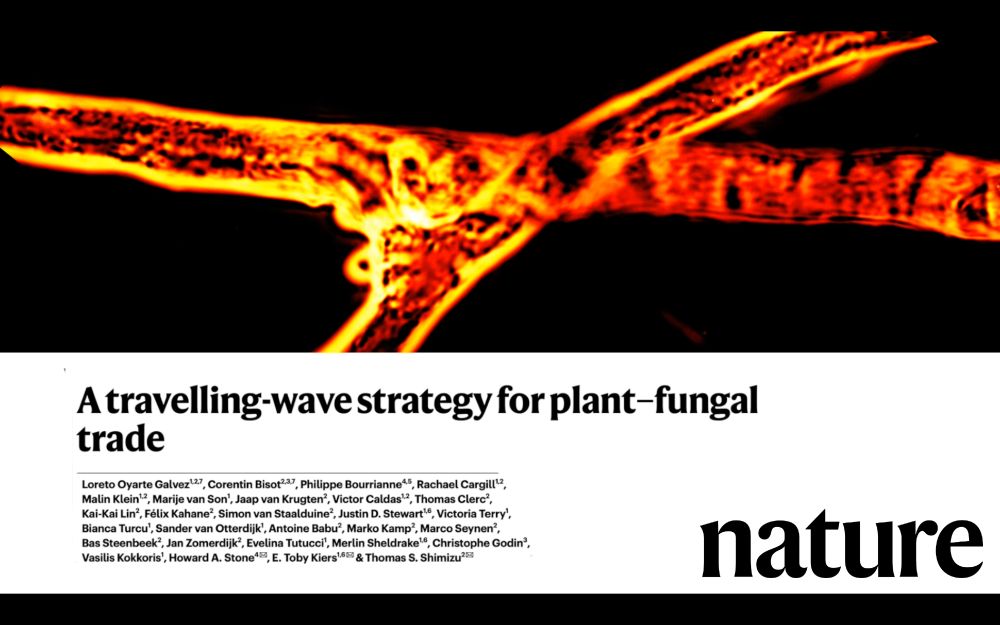
Beautiful work led by Loreto Oyarte Gálvez & @cbisot.bsky.social!
Do you want to learn more about how Mycorrhizal fungi extraordinary networks form and function? Read the open-access publication! Link below 👇



